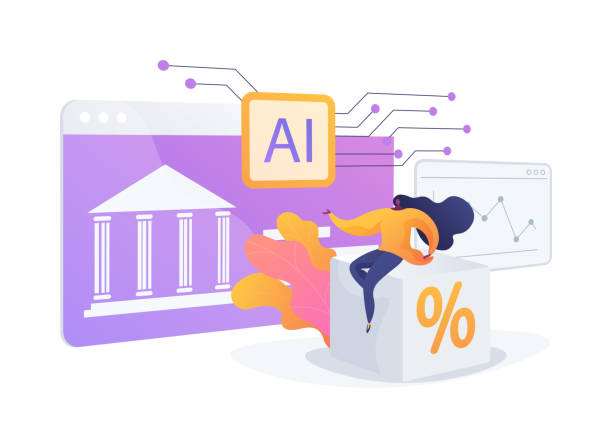The world of finance is rapidly evolving, driven by innovations that are reshaping how we interact with money. Among these developments, the concept of ‘loan tokens’ in the decentralized finance (DeFi) ecosystem stands out as a game-changer. These digital assets represent a new way of structuring and managing loans, promising increased accessibility, transparency, and efficiency. Let’s dive into how loan tokens work and their potential impact on the future of lending.
Table of Contents
ToggleWhat Are Loan Tokens?
Loan tokens are digital assets that represent a claim on a loan or a portion of it within a decentralized finance system. Unlike traditional loans, which are often managed through intermediaries like banks or credit institutions, loan tokens leverage blockchain technology to facilitate and automate the lending process. By using smart contracts, these tokens can streamline loan issuance, management, and repayment, while ensuring that all transactions are transparent and secure.
How Loan Tokens Function
- Issuance and RepresentationLoan tokens are created when a borrower takes out a loan within a DeFi platform. The loan amount is tokenized, meaning it is converted into a digital asset that can be traded or held. Each loan token represents a specific value or stake in the underlying loan. For example, if a borrower takes out a $10,000 loan, it might be tokenized into 10,000 tokens, each worth $1. These tokens can then be bought, sold, or used as collateral within the DeFi ecosystem.
- Smart Contracts and AutomationAt the heart of loan tokens are smart contracts—self-executing contracts with the terms of the agreement directly written into code. These contracts automate various aspects of the loan process, such as disbursement, interest calculations, and repayment schedules. When a borrower makes a payment, the smart contract automatically updates the loan balance and adjusts the token holdings accordingly. This automation reduces the need for intermediaries and minimizes the risk of human error.
- Secondary Market TradingOne of the key advantages of loan tokens is their liquidity. In a traditional lending environment, loans are often illiquid, meaning they cannot be easily sold or transferred. Loan tokens, on the other hand, can be traded on secondary markets, allowing investors to buy or sell their stakes in loans. This liquidity enhances the flexibility of investment and borrowing, as tokens can be exchanged or used as collateral for other financial activities within the DeFi ecosystem.
Benefits of Loan Tokens
- Increased AccessibilityLoan tokens democratize access to financial products by enabling a broader range of participants to engage in lending and borrowing. Traditional loans often involve complex paperwork and stringent credit requirements. With loan tokens, individuals and businesses can access capital more easily, as the decentralized nature of DeFi platforms reduces barriers to entry.
- Enhanced TransparencyThe use of blockchain technology ensures that all transactions involving loan tokens are recorded on a public ledger. This transparency allows for real-time monitoring of loan performance and repayment history, reducing the potential for fraud and ensuring that all parties have access to the same information. Borrowers and investors alike can track the status of their loans and verify transactions without relying on intermediaries.
- Reduced Costs and EfficiencyTraditional lending processes often involve high administrative costs and lengthy approval times. Loan tokens streamline these processes by automating loan management and eliminating the need for intermediaries. This efficiency can result in lower costs for both borrowers and lenders, making financial services more affordable and accessible.
- Collateralization and Risk ManagementLoan tokens can also be used as collateral for other financial activities within the DeFi ecosystem. For example, borrowers might use their loan tokens as collateral to secure additional loans or participate in decentralized investment opportunities. This collateralization provides flexibility and helps manage risk by diversifying the borrower’s financial assets.
Challenges and Considerations
- Regulatory UncertaintyThe regulatory landscape for DeFi and loan tokens is still evolving. Different jurisdictions have varying approaches to digital assets and decentralized finance, which can create uncertainty for participants. As the market for loan tokens grows, regulatory clarity will be crucial to ensure compliance and protect investors.
- Smart Contract VulnerabilitiesWhile smart contracts offer automation and efficiency, they are not immune to bugs or vulnerabilities. A flaw in the contract code could potentially lead to financial losses or operational issues. Rigorous testing and auditing of smart contracts are essential to mitigate these risks and ensure the security of loan tokens.
- Market VolatilityThe value of loan tokens can be subject to market fluctuations, impacting the stability of the loan and the returns for investors. As with any financial asset, participants should be aware of the risks associated with market volatility and consider them when engaging in DeFi lending and borrowing.
Conclusion
Loan tokens represent a significant innovation in the world of decentralized finance, offering a new approach to lending and borrowing that emphasizes accessibility, transparency, and efficiency. By leveraging blockchain technology and smart contracts, loan tokens streamline the loan process, reduce costs, and enhance liquidity. However, as with any emerging technology, there are challenges to address, including regulatory uncertainty and smart contract security. As the DeFi ecosystem continues to evolve, loan tokens are poised to play a pivotal role in shaping the future of finance, providing new opportunities for borrowers and investors alike.

